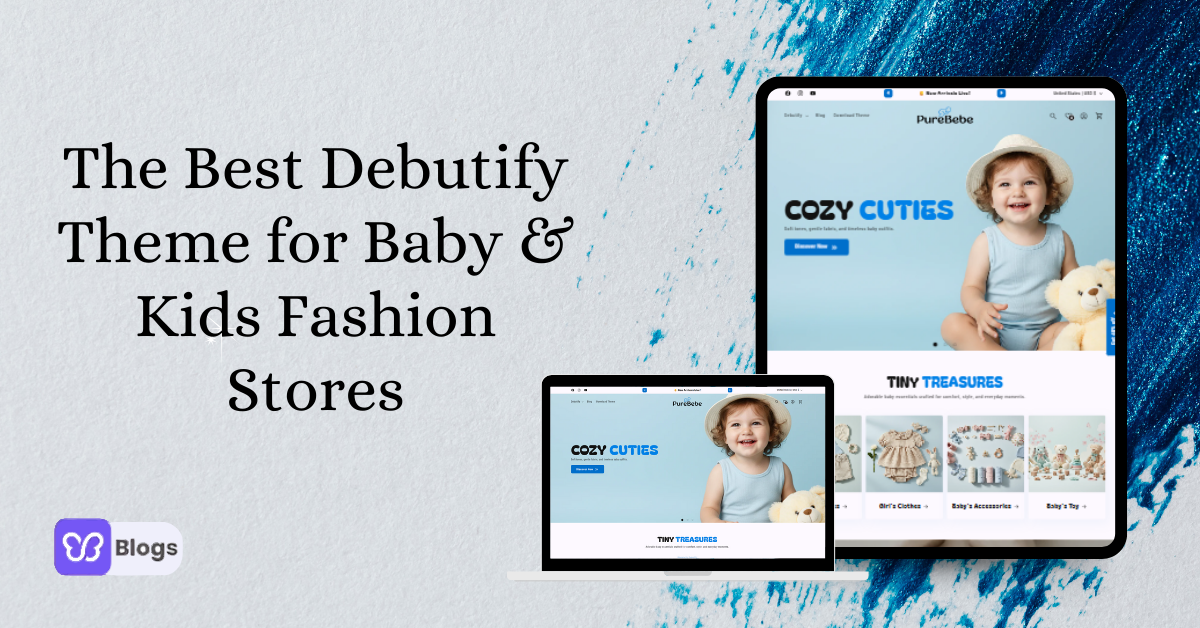Crafting and selling handmade items can be both rewarding and challenging. To ensure success, identify your niche, use high-quality materials, continuously improve your skills, offer unique designs, invest money in professional packaging, conduct market research, set reasonable prices, build a strong brand identity, provide excellent customer service, and maintain an online presence.
Utilize platforms like Etsy, Shopify, or social media to showcase and sell your crafts, and engage with followers to build a community around your brand. Familiarize yourself with local regulations regarding business licenses, taxes, and product safety standards.
Feedback and adapt your products or strategies accordingly. Continuous improvement is key to staying competitive and meeting evolving customer needs. By focusing on quality, creativity, customer satisfaction, and effective marketing, you can increase the success of your crafting business and establish a loyal customer base over time.
DIY Dog Crafting Materials and Tools
Materials:
- Fabric: Cotton, fleece, denim, etc.
- Filling/Stuffing: Polyfill, memory foam, etc.
- Yarn or Rope: Yarn for crocheting or knitting dog toys.
- Leather or Nylon Webbing: For dog collars, leashes, and harnesses.
- Natural Ingredients: Oats, peanut butter, pumpkin, and coconut oil for homemade dog foods and treats.
- Metal Stamping Blanks: Aluminum, stainless steel, or brass for creating pet ID tags.
- Paints and Dyes: Pet-safe paints or dyes for customizing dog bowls, collars, or tags.
- Wood or Ceramic: Wood for elevated dog feeders or dog toy boxes.
- Packaging Materials: Bags, boxes, or tags.
Tools:
- Sewing Machine: For sewing dog beds, bandanas, clothing, etc.
- Hand Sewing Supplies: Needles, thread, pins, scissors, measuring tape.
- Crochet Hooks/Knitting Needles: For crocheting or knitting dog sweaters, toys, or blankets.
- Cutting Tools: Rotary cutter, fabric scissors, etc.
- Hot Glue Gun: For assembling dog toys or securing materials.
- Woodworking Tools: Saw, sander, drill (for wooden items).
- Metal Stamping Kit: Includes stamps, hammer, and metal blanks for creating pet ID tags.
- Mixing Bowls and Utensils: For mixing and shaping dog treats or grooming products.
- Digital Scale: Used for accurately measuring ingredients for dog treats.
- Computer and Printer: For designing packaging labels or marketing materials.
- Safety Equipment: Gloves, safety goggles, and respirator mask.
Additional Considerations:
- Workspace: Dedicated space with good lighting and ventilation.
- Storage: Proper storage for materials and finished products.
- Safety: Ensure all materials are safe for pets.
This guide provides step-by-step instructions for creating three DIY dog items: a dog bandana, homemade dog treats, and a simple made dog bed or chew toy. The first DIY dog bandana requires fabric, a sewing machine or needle and thread, scissors, measuring tape or ruler, and an iron and ironing board. The bandana can be cut out based on the dog's neck circumference and height, and can be personalized with snaps, Velcro, or ties. The bandana can be trimmed and pressed for a final touch.
The second DIY dog treat recipe requires whole wheat flour, peanut butter, pumpkin puree, and water. The recipe requires a mixing bowl, rolling pin, cookie cutters, baking sheet, and parchment paper. The dough should be firm enough to roll out and cut into shapes like bones tennis balls, hearts, or squares. The treats should be baked in the preheated oven for 15-20 minutes until golden brown and crisp.
The third DIY dog toy is a tennis ball, made from braided fleece fabric, which can be adjusted based on the dog's size. The tutorials provide clear instructions for creating these popular dog items, allowing pet owners to adjust the designs and materials based on their creativity and target market preferences.
Creating pet-safe DIY items requires careful consideration of material selection, construction quality, size, and fit. Choose durable, non-toxic fabrics, non-toxic stuffing materials, and avoid small, detachable parts. Ensure strong stitching and attachments, double-check seams and fastenings regularly, and reinforce as needed.
Size and fit are crucial for preventing choking or restriction of movement. For dog toys, choose durable materials, supervise playtime, and avoid small parts. Use dog-friendly ingredients, consider common pet allergies, and offer treats in moderation. For clothing and accessories, ensure comfort, safety features, and reflective materials. Use non-toxic ingredients, avoid essential oils or fragrances, and avoid eye contact.
Consult professionals for guidance, test prototypes with pets, and provide dog owners with clear instructions for use and care. Regularly update knowledge on pet safety guidelines to ensure compliance and customer satisfaction.
To ensure profitability and market competitiveness in your DIY dog items business, consider the following pricing strategies: Cost-Plus Pricing, Competitive Pricing, Value-Based Pricing, Bundle Pricing, Psychological Pricing, Seasonal Pricing, and Additional Tips.
Cost-plus pricing involves calculating the total cost of materials, labor, and overhead, then adding a markup to determine the selling price. Competitive Pricing involves researching competitors and setting prices based on unique selling points, such as customization or quality.
Value-based pricing focuses on the perceived value of your products, such as handmade quality or personalized service. Bundle Pricing offers discounted bundles of related items, encouraging customers to purchase multiple items. Psychological Pricing sets prices slightly below a round number to create a perceived lower price, while Seasonal Pricing adjusts prices based on seasonal demand.
To maintain profitability, continuously review and optimize production costs, listen to customer feedback, and monitor competition. By implementing these strategies and regularly evaluating their effectiveness, you can optimize your pricing strategy for DIY dog items, attract customers, maximize sales, save, and ensure profitability in your crafting pet crafts business.






